14 Companion Plants For Turnips (With Pictures)
-
Greg Iacono
- Last updated:
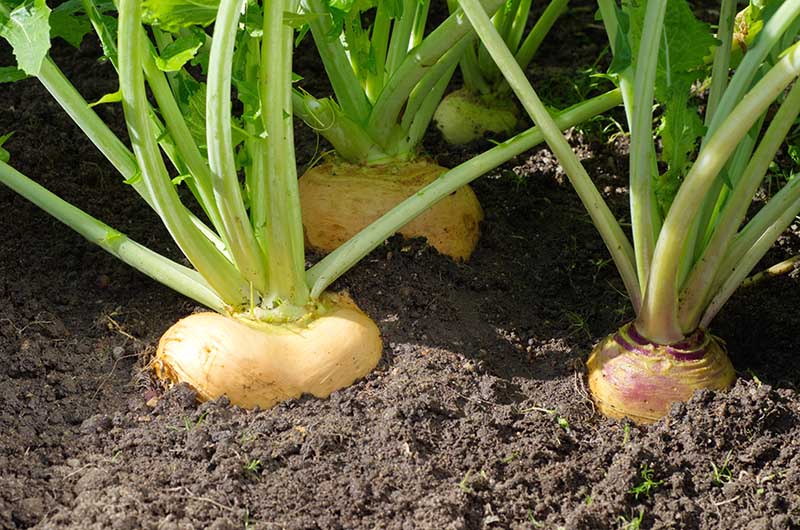
Companion plants are plants that, for one reason or another, grow well next to other, different plants and help those plants to thrive also. One of the best companion plants around is the turnip, a biennial plant that’s, surprisingly, part of the mustard family.
Although it’s not the most popular vegetable, the turnip was once a favorite of the Roman Empire. Today, while it’s still grown in the US, turnips are far more prevalent in other countries. Still, planting turnips in your vegetable garden is highly recommended because of their many benefits. We’ll explore those benefits as we also tell you about the 14 companion plants for turnips below!

14 Companion Plants For Turnips
1. Broccoli

| Type of Plant: | Vegetable |
| Location: | Nearby |
| Soil: | Moist, well-drained |
| Sun: | 6 hours direct per day |
Broccoli is part of the brassica plant family, along with several others, including kale and cabbage. The best reason to pant broccoli and turnips as companion plants is simple; the turnips do a fantastic job keeping away aphids, slugs, and other insects that typically make a mess out of the broccoli.
For the turnip, there’s not much help from the broccoli, but most gardeners don’t find this a problem as they like their broccoli more.
2. Brussels Sprouts

| Type of Plant: | Vegetable |
| Location: | Nearby |
| Soil: | Well-drained, moist and loamy |
| Sun: | Full sun all day |
Brussels Sprouts might not be your kid’s favorite vegetable, but to most adults, they’re one of the most delicious when prepared well. Another member of the brassica family of veggies, Brussels sprouts, benefit significantly from having turnips nearby as the turnips draw insects away and help the sprouts thrive. If you love your Brussels sprouts, turnips will be your favorite companion plant for that very reason.
3. Cabbage

| Type of Plant: | Vegetable |
| Location: | Directly adjacent |
| Soil: | Moist but well-drained |
| Sun: | 6 to 8 hours per day, full sun |
Cabbage loves being planted next to turnips because they attract aphids and other pests that will eat it to pieces. As another member of the brassica family, cabbage is one of the most nutritious superfoods in any garden. Plus, you can use cabbage and turnips together in several delicious recipes. The cabbage might not help the turnips much, but they won’t compete for soil space either.
4. Cauliflower

| Type of Plant: | Vegetable |
| Location: | Directly adjacent |
| Soil: | Moist but well-drained |
| Sun: | 6 to 8 hours per day, full sun |
Cauliflower, like cabbage, thrives when planted as a companion with turnips for the same reasons. First, cauliflower and turnips don’t compete for soil space. More importantly, the turnips attract bugs like aphids and slugs away from the cauliflower, giving it a chance to grow and thrive.
The soil needs for both are similar, which is why many home gardeners plant turnips and cauliflower together. It’s not great for the turnips, but if you’re using them to keep bugs away from your cauliflower, that shouldn’t be a problem.
5. Celery
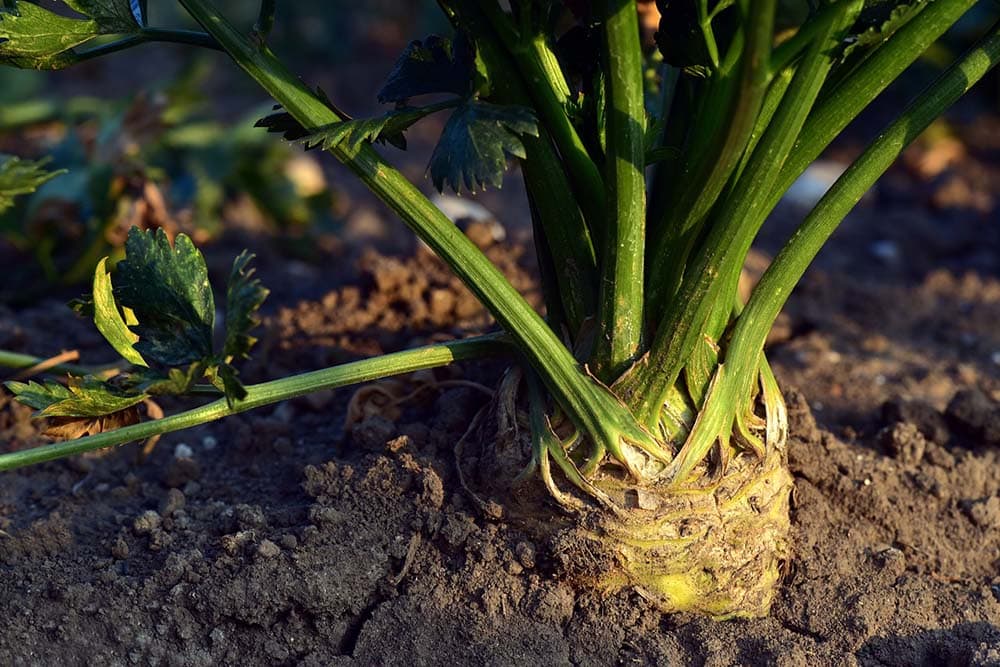
| Type of Plant: | Vegetable |
| Location: | Nearby |
| Soil: | Moist soil, very well enriched |
| Sun: | 6 hours full or partial |
Celery is a beneficial companion plant for turnips because it protects its roots from the white cabbage moth. The turnip returns the favor by attracting away pests that eat celery. One caveat about planting celery and turnips together is that you need to space them out sufficiently.
That way, your celery won’t be affected when it’s time to harvest the turnips. When you do it right, both plants will thrive thanks to one helping the other, and vice versa. Helping each other is what good companion plants do!
6. Garlic
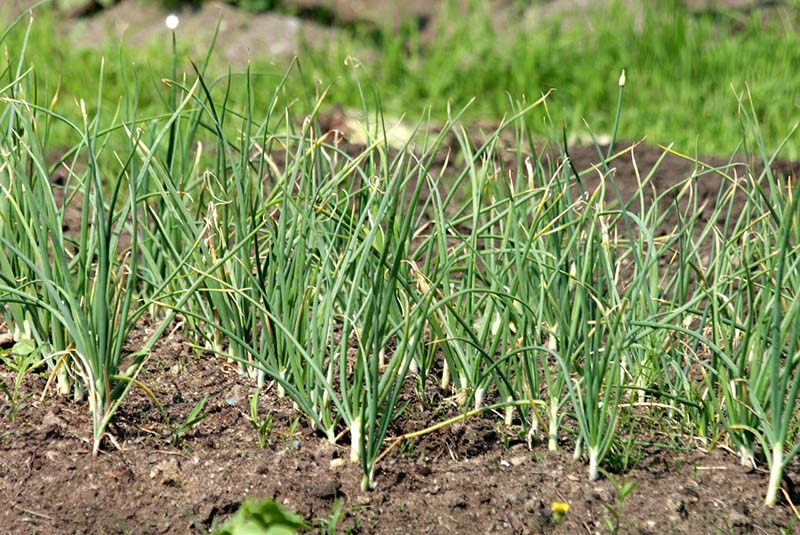
| Type of Plant: | Herb |
| Location: | Directly adjacent |
| Soil: | Moist, well-drained |
| Sun: | 6 to 8 hours per day |
Garlic is another plant that helps turnips as a companion and receives benefits from the turnip plants in return. That’s because both garlic and turnips grow below the soil. That’s where the roots of the turnip repel boring (aka drilling) insects that can destroy the garlic.
It’s also where the garlic bulbs repel onion flies and beetles from the turnips. Both help the other, making these the dictionary definition of companion plants and an excellent choice to plant together in your garden.
7. Romaine Lettuce

| Type of Plant: | Vegetable |
| Location: | Nearby |
| Soil: | Well-draining and loamy |
| Sun: | Full sun to partial shade |
Many types of lettuce will grow well with turnips as their companion plant, but we focused on romaine as it’s a fan favorite. One of the biggest risks to all lettuce plants is the aphid, which can eat them up in a matter of hours. As we’ve seen, turnips do a fantastic job protecting many plants from aphids because they repel this nasty critter naturally. Whether romaine, bibb, butterhead, iceberg, or endive, planting turnips near your lettuce is a great choice.
8. Mint

| Type of Plant: | Herb |
| Location: | Nearby in pots |
| Soil: | Moist, friable, and rich |
| Sun: | Full sun to partial shade |
Mint is one of the most popular herbs in the world and is used in many cuisines and food dishes. Mint also makes a perfect companion plant for turnips because its strong aroma repels flea beetles that eat turnips like mad. Conversely, the mint attracts earthworms, which greatly help the turnips grow underground.
One caveat when growing mint and turnips together is that the mint should be in pots. That’s because it has a tendency to invade other plants, including turnips, which could create a problem for them.
9. Radishes
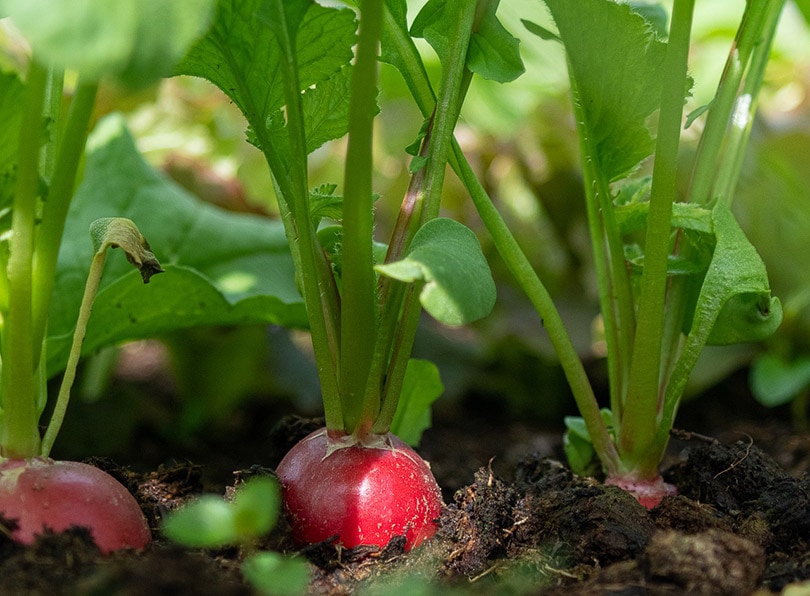
| Type of Plant: | Root vegetable |
| Location: | Nearby |
| Soil: | Moist, loamy, well-drained |
| Sun: | 6 hours per day |
Turnips are great at attracting ladybugs and spiders, which help radishes by eating root maggots, boring insects, and other pests. Also, because radishes mature far earlier than many other vegetables, they break up the soil and make it easier for turnips to grow.
Radishes are often sacrificed in home gardens for other vegetables because they attract pests like aphids and flea beetles. That hurts the radish but keeps the bugs away from other plants. Whether that’s turnips or something else, radishes certainly make great companion plants.
10. Spinach
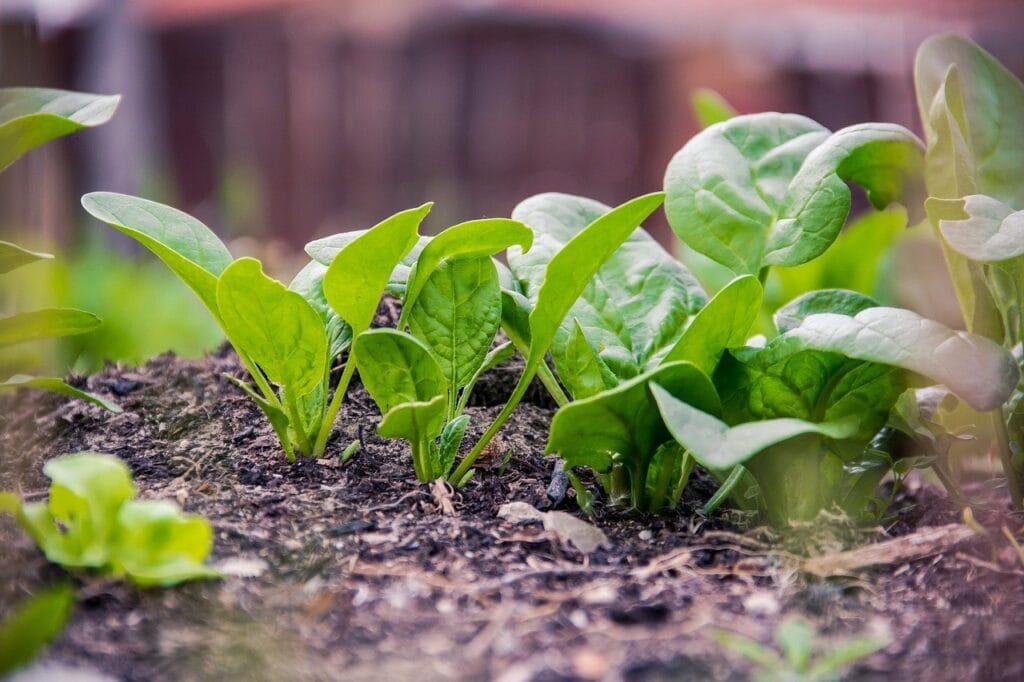
| Type of Plant: | Vegetable |
| Location: | Nearby |
| Soil: | Rich, well-drained, moist |
| Sun: | Full sun to partial shade |
Popeye would love turnips because they do well protecting his favorite veggie, spinach! As with many of the other plants on today’s list, turnips draw insects away from spinach, so they don’t destroy its delicate leaves.
Also, since spinach grows above ground, they won’t compete with turnips for soil space. The spinach doesn’t do much in the way of helping the turnips, but if you love spinach as most people do, that won’t be much of a concern.
11. Squash
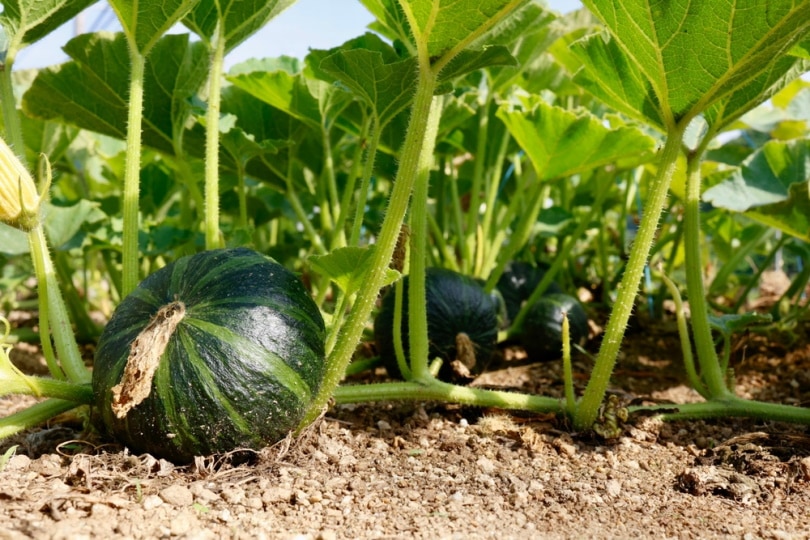
| Type of Plant: | Fruit |
| Location: | Nearby |
| Soil: | Rich, well-drained |
| Sun: | Full sun |
Squash is one of the fastest-growing plants, capable of being ready for harvest in as few as 7 weeks after planting! Squash is also one of the oldest cultivated crops on earth and comes in summer and winter types.
Planting squash as a companion with turnips is ideal for the squash as the turnip attracts many pests that like squash a lot. However, you shouldn’t plant them too close to each other as squash needs a lot of space for its vines to grow.
12. Swiss Chard
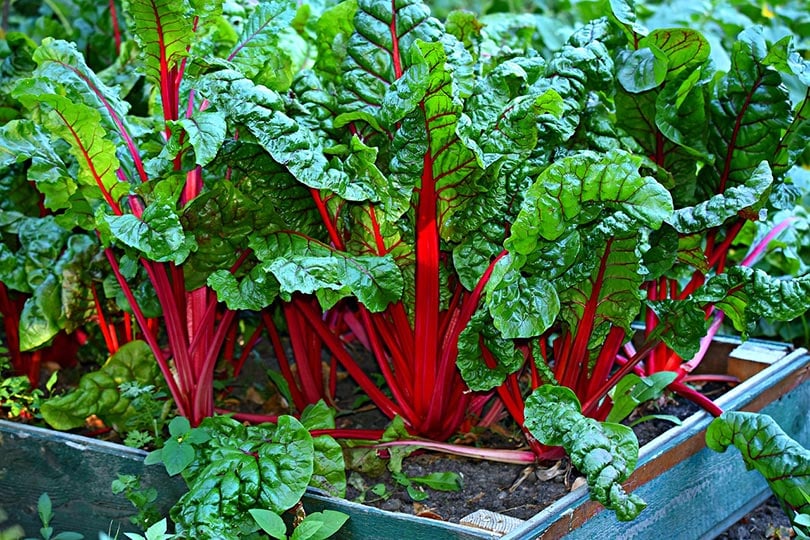
| Type of Plant: | Root leaf vegetable |
| Location: | Nearby |
| Soil: | Moist, rich |
| Sun: | Full sun to partial shade |
Swiss chard was once such a favorite vegetable in France that it was the featured part of their Christmas Eve dinner. When you use turnips as a companion for Swiss chard, a delicate plant, you do the Swiss card a big favor.
Many of the bugs that eat the plant are drawn away, or repelled, by turnips, giving the Swiss chard a fighting chance to thrive. Aphids are the most serious problem Swiss chard faces, and turnips repel them very nicely.
13. Thyme
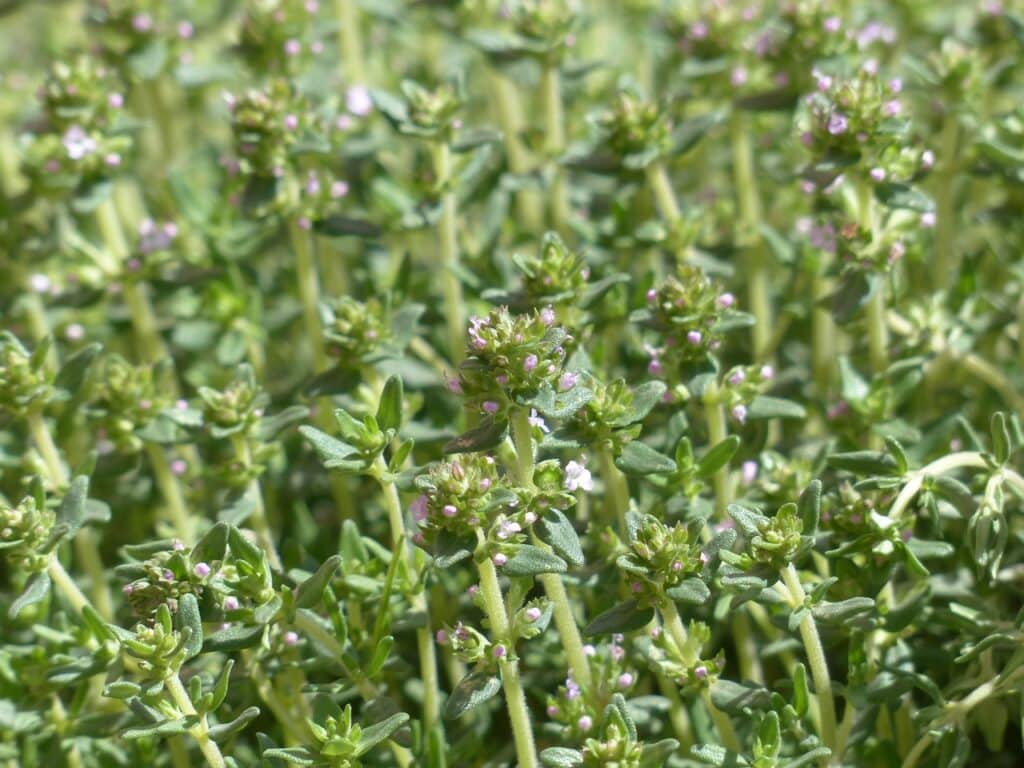
| Type of Plant: | Herb |
| Location: | Nearby in pots |
| Soil: | Well-drained |
| Sun: | Full sun for more flavor |
The best reason to plant thyme and turnips together as companion plants is that thyme repels cabbage whiteflies, an insect that feasts on turnips. Thyme also attracts ladybugs and hoverflies, two beneficial bugs that will help your turnips stay healthy.
One last reason to plant thyme near turnips is that due to its potent aroma, thyme repels deer and rabbits. Planting thyme in and around your garden is an excellent idea if you have a rabbit or deer problem.
14. Tomatoes
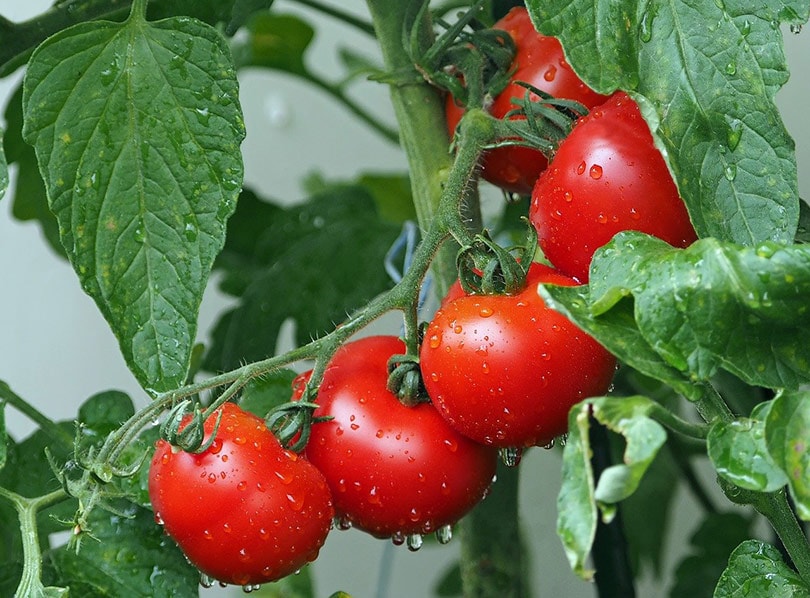
| Type of Plant: | Fruit |
| Location: | Nearby |
| Soil: | Well-drained and slightly acidic |
| Sun: | 8 hours of full sun |
Is there anything worse than picking a fresh, warm tomato only to find that some bug has already beaten you to it? However, you can plant turnips nearby to repel those nasty beasts! Turnips attract or repel many insects and pests that feast on tomatoes, allowing your tomatoes to grow, thrive, and produce an excellent crop. The two should be planted close but not too close, as they both have high soil needs.

Worst Companion Plants for Turnips
1. Onions

Onions are a great companion plant for several other plants, but not so much for turnips. Yes, onions have a very strong aroma that directly repels a variety of pests and insects. However, since onions grow underground just like turnips and leave a lot of excess starch there, they compete with turnips for growing space.
However, if you want to give each plant the benefit of the other without the drawbacks, simply plant them a few feet apart.
2. String Beans

String beans are a so-called “nitrogen fixing” plant and do very well near turnips. String beans will act as a natural fertilizer for the turnips, while the turnip plant’s ability to repel insects like aphids helps the bean plants. Another benefit is that, while turnips grow below the soil, string beans grow above it, so they don’t compete for space. One severe drawback, however (at least for the turnips), is that they love nitrogen and might be impacted by the fact that string beans fix the nitrogen to the soil.
3. Peas
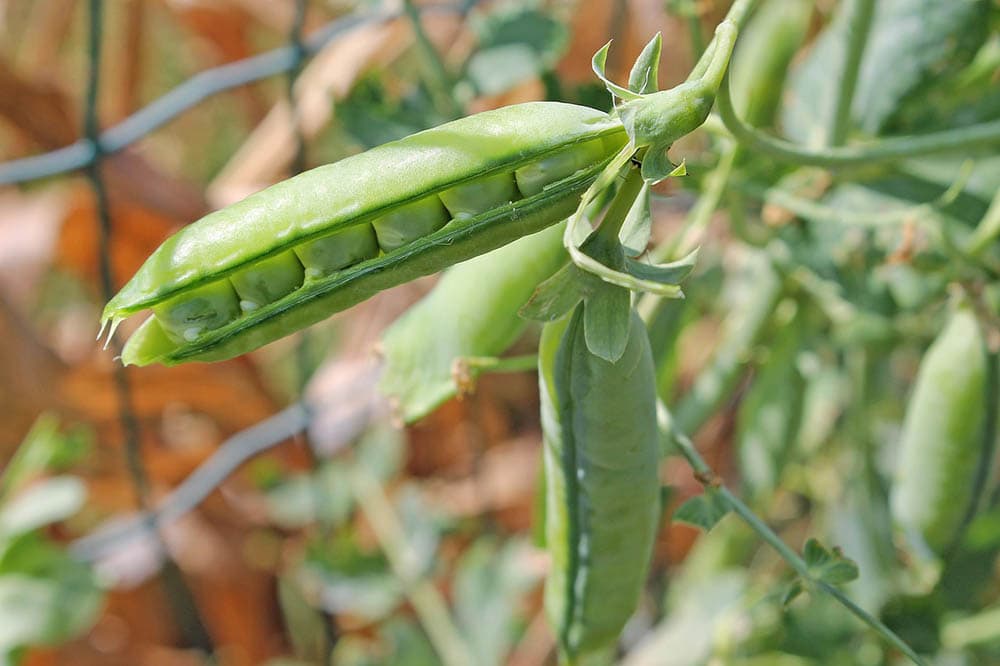
Peas are another nitrogen-fixing plant, like string beans. Peas will benefit from growing next to turnips, but the turnips will suffer from the peas. That’s because, while peas remove nitrogen, turnips love it. That’s why, when planted together, your turnip crop will suffer.
4. Potatoes

Potatoes, like onions, grow underground and can compete with turnips for space and nutrients. Both are root vegetables, of course, which is the main problem. Like onions, however, you can get the benefits of turnips (pest repellency, good pest attraction, etc.) by planting the two crops close, but not too close. If you plant them next to each other, both will suffer.
5. Horseradish

What’s ironic about horseradish, at least when conversing about companion plants for turnips, is that both have problems with the same insects. That leads to a problem at harvest time because turnips are typically harvested first. Once they are, any insects attracted to them will immediately head over to the buffet that is your horseradish plants and ravage them just as badly.
6. Carrots
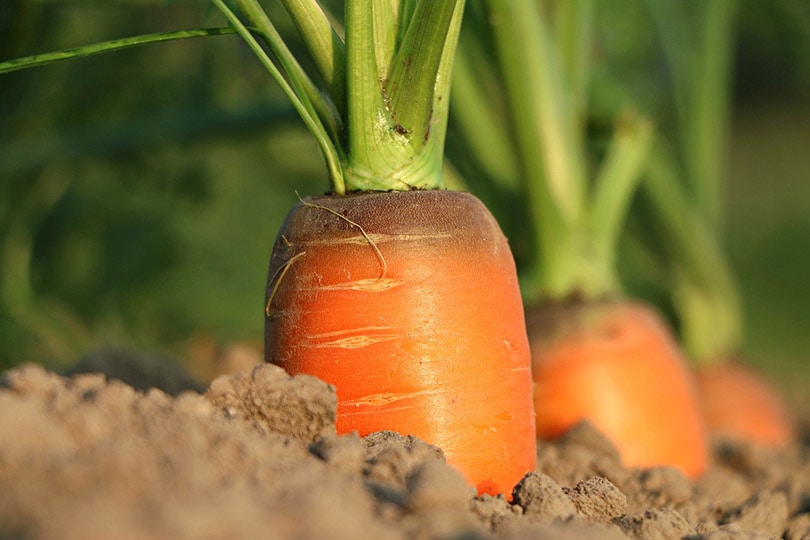
Turnips will protect your carrots well by repelling pests. However, planting carrots with them as a companion plant isn’t recommended because, like onions and potatoes, the carrots grow underground and will compete with the turnips for space (usually, the turnips lose). Carrots attract carrot rust flies which also attack turnips, a double whammy if you’re a turnip fan.
7. Beets
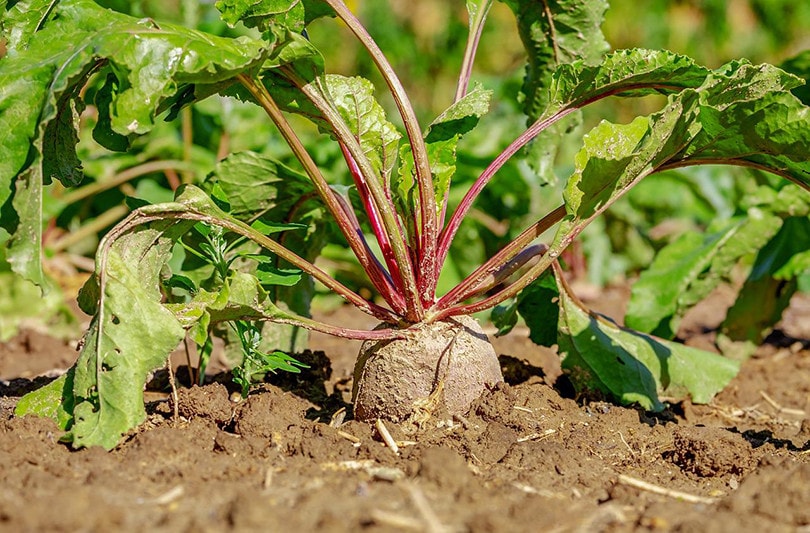
Last on our list of the worst companion plants for turnips are beets, which are very similar to turnips. They grow underground, which means they will compete for space. Also, they share several species of insects that like to attack them, so planting the two together is asking for double pest trouble. If you want to plant both root vegetables, you should do so in non-competing areas of your garden.

Turnip Growing Tips
If you’d like to plant turnips as a companion plant in your home garden, below are some excellent growing tips for you. Turnips are rather easy to grow, but the tips below will make it even easier.
Plant Turnips in Well-Drained, Nutrient-Rich Soil
Turnips need moist, nutrient-rich soil to thrive, but it needs to be well-drained, so they don’t rot. Do your best to keep them evenly moist as they grow, and mulch the soil regularly.
Plant Turnips in Full to Partial Sunshine
Turnips prefer cooler weather but still need a few hours a day of full sun. That said, they should also do just fine if there’s partial shade during the day.
You Can Harvest Turnips Twice a Year
In cooler areas of the country, plant turnips 2 to 3 weeks before the last frost. You can then harvest them in the spring. You should plant your turnips in early fall for a winter harvest in warmer areas.
Turnips do Best Started from Seeds
Experts recommend starting toys from seeds as transplanted turnips have a history of failure. Their seeds germinate surprisingly fast. When they’re about 2 to 3 inches, you can plant the turnip seedlings about 3 to 4 inches apart in your garden.
Harvest Turnips when they Reach 2 Inches Wide
Young turnips are said to have a much finer taste than older turnips. After about 50 days, they should be 2 inches wide, which is a great time to harvest your turnips.
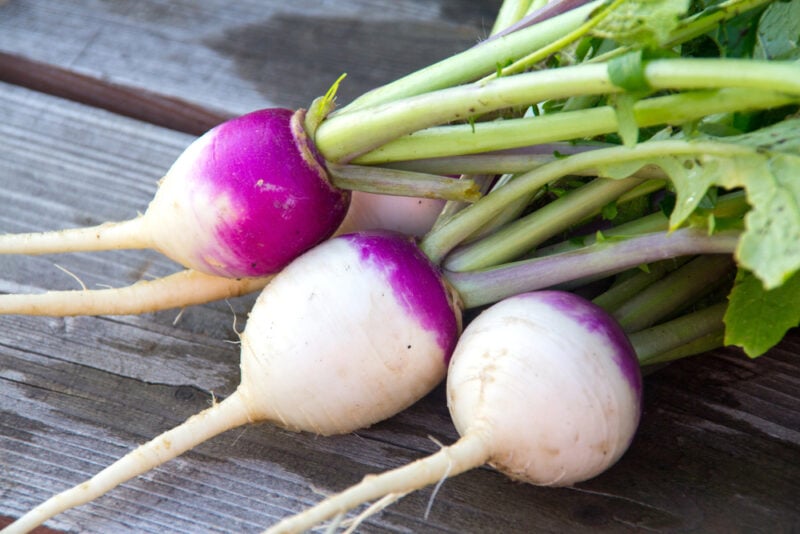
What Makes Turnips Excellent Companion Plants?
The main reason home gardeners grow turnips as companion plants is that turnips repel aphids. Aphids are ruinous little pests that feed on a wide variety of vegetables and plants, including broccoli, celery, string beans, and many more. When you plant turnips as a companion plant, you ensure that aphids are repelled, and your plants can prosper.
Aphids aren’t the only pests that turnips repel, as they do a very good job keeping slugs and snails away from leafy green vegetables like kale, broccoli, and many types of lettuce. Also, because turnips grow underground, they don’t compete with vegetables that grow above ground. That’s one of the reasons why turnips shouldn’t be planted as a companion plant to root vegetables like onions, potatoes, and beets.

Final Thoughts
While turnips aren’t extremely popular in the United States, they can help many other plants and vegetables thrive in your home garden. Plus, some people love turnips and use them in many different dishes. Turnips taste wonderful in stews, soups, and stir-fries. You can also lightly steam them and serve them with butter, salt, and a dash of lemon juice. Many folks love roasting turnips, especially around the holidays. And, of course, mashed turnips can offer a decidedly different take on mashed potatoes.
Even though turnips might not be your favorite, if you want to give many of your other plants a fighting chance to thrive and survive, planting turnips as their companion can be extremely helpful. Best of luck this spring growing all your favorite plants and vegetables!
See also:How to Grow Horseradish – 3 Expert Tips
- https://thebackyardbloom.com/companion-plants-for-turnips/
- https://growinginthegarden.com/how-to-grow-turnips-5-tips-for-growing-turnips/#:~:text=Grow%20turnips%20in%20rich%2C%20well,least%206%20hours%20of%20sun.
- https://wildyards.com/turnip-companion-plants/
- https://topteenrecipes.com/turnip-recipes/
- https://agro4africa.com/turnip-companion-plants/
- https://thehometome.com/turnip-companion-plants/
- https://hort.extension.wisc.edu/articles/swiss-chard/#:~:text=Swiss%20chard%20(Beta%20vulgaris%20L,and%2For%20wide%20crunchy%20stems
- https://insteading.com/blog/companion-planting-for-summer-squash/#:~:text=%E2%80%9CGood%20neighbors%E2%80%9D%20plants%20for%20squash,together%20in%20a%20raised%20mound.
- https://www.masterclass.com/articles/radish-companion-planting-guide
- https://insteading.com/blog/companion-planting-for-turnips/comment-page-1/?unapproved=446086&moderation-hash=f9487950075a7d8d5ee2a4d2c88d6033#comment-446086
Featured Image Credit: Elena Koromyslova, Shutterstock
Contents
